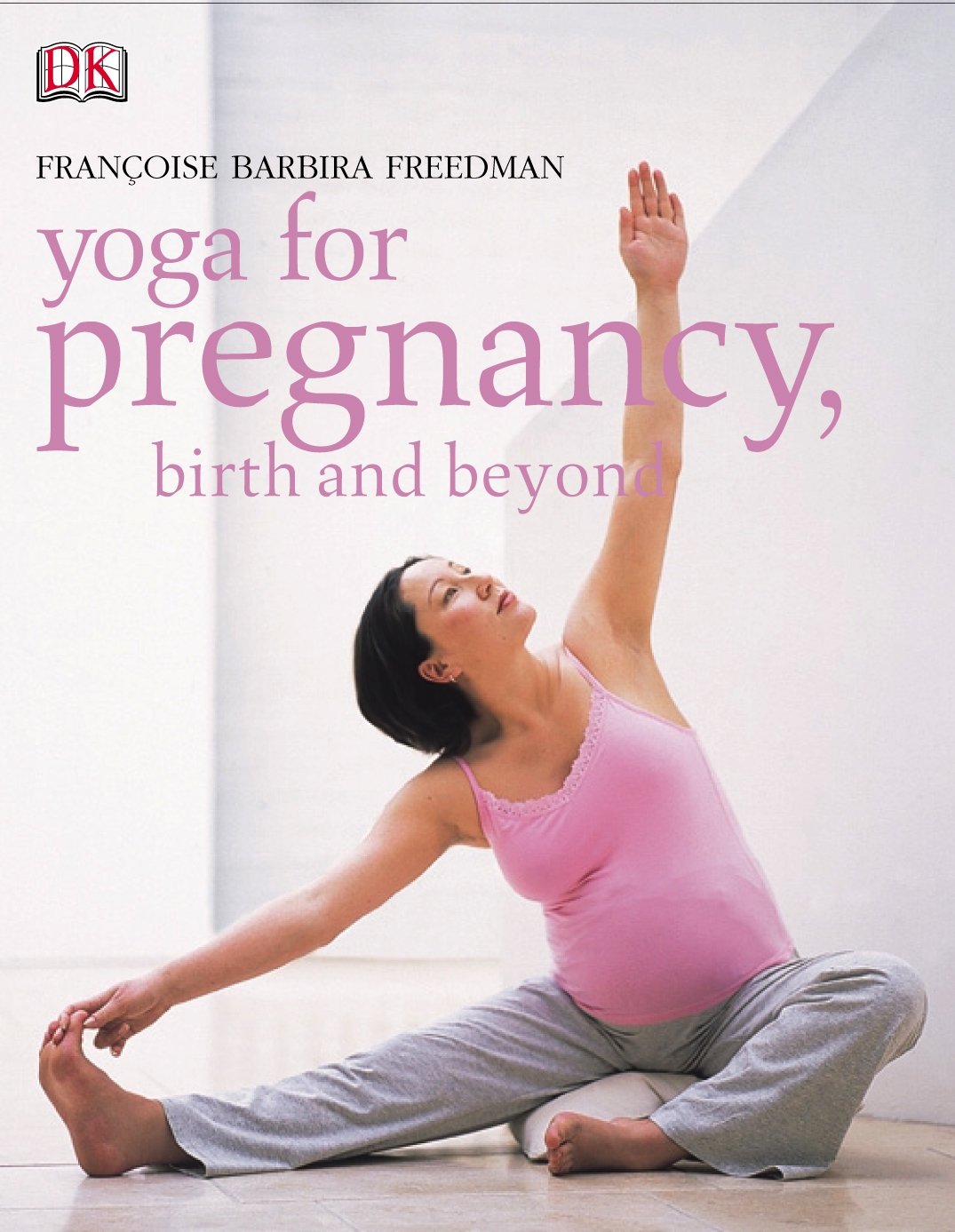
Sage Patanjali described the Eight Limbs of Yoga. You can experience a higher sense of health and spirituality by practicing each one. There are eight types of yoga: Yamas (Niyamas), Pranayama (Dhyana), Samadhi (Samadhi), and Pranayama (Pranayama). Asana is the term for physical postures. These exercises help to cleanse the body as well as the mind. Pranayama means to breathe out in order to purify the chakras.
Concentration and meditation are both forms of dhyana. While concentration and dhyana may seem similar, they are not the same. Concentration requires concentration, but meditation requires focus and awareness. Dhyana requires patience, stamina, strength and endurance to be able practice it successfully. Once a practitioner reaches this level, dhyana can be used to bring him or her to a higher spiritual level.

Asana refers to the physical practice and discipline of concentrating. Dhyana is the second branch of meditation. It involves active focus and deep concentration. Dhyana is a meditation that requires a calm mind. It can be challenging for beginners. The final limb of yoga, samadhi, is the culmination of the eight limbs, which is described as the experience of transcendence or connection with a higher power.
You can improve your yoga practice by serving others in selfless service. It's service without expectation. This can be done to animals, people, and the entire world. This is an effective way to transform your life, and gain spiritual freedom. As a result, selfless service is an important part of yoga for everyone. If you're serious, you can achieve a deeper sense and peace through the practice.
Dhyana is the eighth branch of yoga. Dhyana is the first branch. The second branch, samadhi or surrender, is the third. The fifth branch is pratyahara. All eight branches of yoga have a common root and are all beneficial. All levels of experience are welcome to practice the eight branches. You don't need to use any external tools to dedicate yourself to your practice.

Each of the eight branches can be performed either together or separately. Some branches overlap with others, while some are limited to a particular part of the body. As they all have different benefits, many people can practice multiple branches of yoga. You can find your way to Yoga through the eight branches of yoga. All have the same goal: enlightenment. Yoga can be done in many forms to help you attain a higher level.
Ashtanga, a type of classical yoga that is based upon the classification of Patanjali, is a form called Ashtanga. The eight branches of yoga include: Hatha, Karma, Raja, Kriya, and Kundalini. Each branch of yoga is suited for a certain type of practitioner. Karma, for example, is focused on service while Bhakti, on love, devotion and union. Jnana, a branch from Hatha, focuses on knowledge.
FAQ
What is the best way to increase muscle mass?
There are two major exercises that you should do when you want to build muscle mass. These are called compound movements and isolation. Isolation exercises target specific muscles while compound moves focus on multiple groups at once.
Your best option to improve your fitness is to work out with exercises that challenge all your major muscle group. This ensures that each session is challenging.
An app called MyFitnessPal allows you to keep track of everything. It can track everything from calories burnt to weight lifting. You can also make custom meal plans according to your goals.
What is the best workout order?
It all depends on what you're looking for. You should start with heavy weights if your goal is to build muscle mass. Next, move on to cardio. Then if you want to lose weight, go from cardio to strength training.
Start with cardio if you only want to lose fat. You can then add strength training.
Then if you want to gain muscle mass, do cardio last because it stimulates growth hormones which help build muscle mass.
Before you start your workout, it is a good idea to eat. This will fuel you muscles better, which will make it work harder. Plus, it makes you feel better during your workout.
What is butter good for?
Butter is one of the best sources of saturated fats. This fat is good for hair and skin health, as well as stronger bones.
Butter also contains vitamin K, which prevents bleeding from cuts and bruises. Vitamin K works with vitamin A to prevent bleeding.
Butter is also rich in minerals, including calcium, phosphorous, and potassium. These elements are good for teeth and bones.
However, butter has some drawbacks. Butter is high in cholesterol. Research has shown that high levels of cholesterol could increase your chances of developing cardiovascular disease.
Butter is also high in saturated fat which can lead to obesity and higher cholesterol.
If you have to have butter, spread it on bread instead of dipping it in soup or salad. Bread absorbs less oil than pasta and potatoes.
How do I build muscle quickly?
Eating healthy foods and lifting weights regularly is the best way to build muscle fast.
It is best to exercise in the morning, when you feel fresh and ready to go!
Exercises such as push-ups and bench presses are good options.
Consider trying different weight training programs and drinking plenty of water throughout each day.
Statistics
- According to the American Heart Association, blood pressure should be checked at least once every two years, beginning at age 20. (my.clevelandclinic.org)
- According to the American Academy of Dermatology (AAD), men over 50 are at a heightened risk of developing it. (healthline.com)
- The PRS enabled risk stratification for overall prostate cancer and lethal disease with a four-fold difference between men in the highest and lowest quartiles (HR, 4.32; 95% confidence interval [CI], 3.16-5.89). (pubmed.ncbi.nlm.nih.gov)
- Get free shipping and 25% off today. (healthline.com)
- 10 pounds in a month is likely during a lean bulking phase, especially for beginners. (muscleandstrength.com)
External Links
How To
How can a man get fit in 30 days?
The best way to achieve fitness goals is by breaking them into small achievable steps.
This is why you should make sure that you're working toward your goal every day. This could be as simple as doing 10 pushups and running for 3km.
If you do this consistently over time, you will see positive results.
Be consistent is key. You must keep going until you succeed.
What is the difference in Aerobic Fitness and Anaerobic Fitness
Anaerobic fitness refers to the ability of our bodies to perform intense physical work without oxygen. Anaerobic pathways can be used to supply enough energy during high-intensity exercise. Anaerobic pathways are glycolysis, creatinephosphate and the phosphagen.
Aerobic fitness, however, refers to the continuous practice of low-intensity aerobic exercise. While performing aerobic exercises, oxygen is used as the primary source of fuel for the cells. In other words, aerobic pathways provide more energy than anaerobic.
You need to build up your aerobic capability if you plan on running a marathon. If you concentrate on building your anaerobic capability, you won’t be able complete the race.
Aerobic fitness can also be called cardiovascular fitness. The most common methods of determining cardiovascular fitness are step tests and VO2max testing.
Test VO2 Max
The maximum amount of oxygen (O2) the body can use during exercise is called VO2 max. This test determines how much O2 your body can use during exercise.
This test is the best to determine your cardiovascular fitness. This test requires expensive equipment, and highly qualified professionals to administer.
Step Tests
Step tests are a quick and easy way to test your cardiovascular fitness. You will be asked to walk, jog or run for a specific time on a track. This is based on your age or weight.
These tests cost little, are quick and simple to do, and can be carried out almost anywhere. You can, for example, walk for 2 minutes on a treadmill, then rest for 1 min, then repeat the process for 20 minutes. Then, stop. You should maintain a constant heart rate throughout the session.
This method is called the Bruce Protocol. Bruce, himself a runner, created this protocol after realizing that he would not feel his heart rate increase when running longer distances.